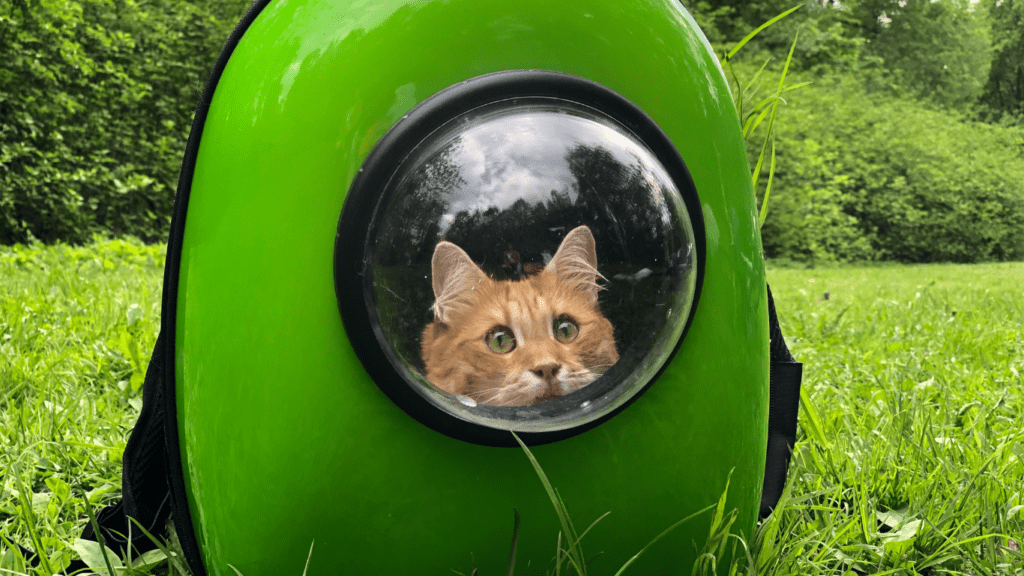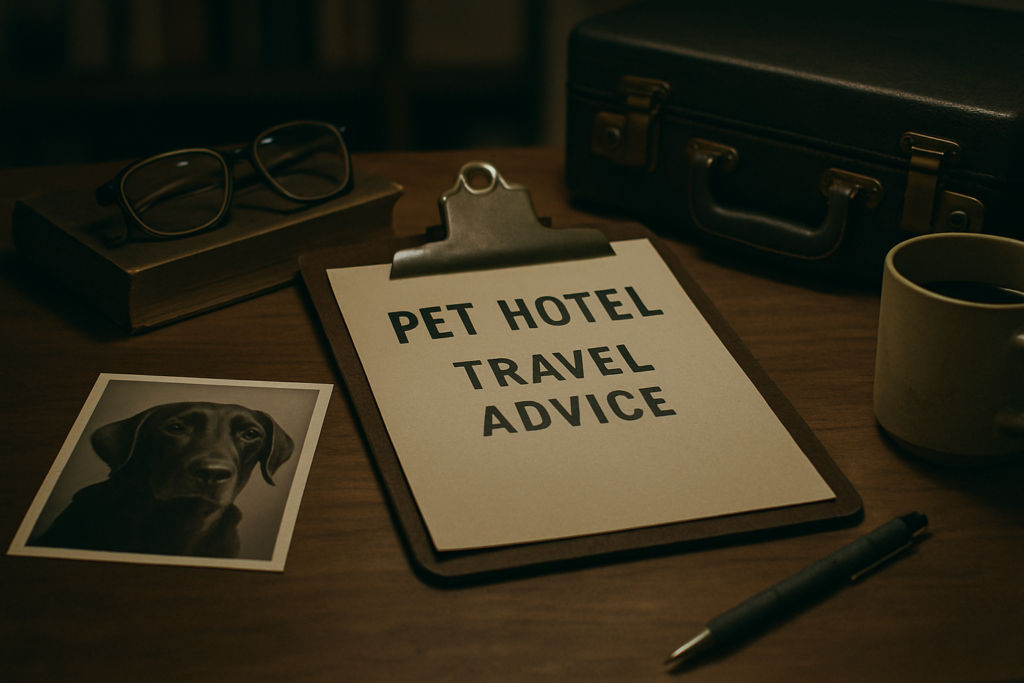Assessing Your Pet’s Suitability for Road Trips
Assessing your pet’s suitability is critical before hitting the road. Ensuring your pet is comfortable and safe can prevent mishaps and make the journey enjoyable.
Consider Your Pet’s Health
Health plays a significant role in your pet’s ability to travel. Schedule a vet visit to check your pet’s health status. Update vaccinations and obtain any necessary medications. Ensure your pet has no undisclosed illnesses that could worsen during the trip.
Understanding Your Pet’s Temperament
Temperament influences how your pet handles travel. Consider if your pet easily gets anxious or restless. Gauge your pet’s comfort in confined spaces and their behavior over extended periods.
Gradually introduce your pet to car rides if they’re not accustomed to traveling, closely monitoring their reactions and adjusting as needed.
Essential Pre-Trip Preparations
Preparing your pet for a road trip involves specific steps to ensure their comfort and safety throughout the journey. Here are essential pre-trip preparations to consider.
Training Your Pet for Travel
Introduce your pet to the car environment gradually. Start with short drives around the block. Monitor their reactions to identify any signs of anxiety. Reward calm behavior with treats or praise. Familiarize your pet with the car’s noises and movements.
Gradually increase the duration of the trips. Begin with a few minutes, then extend to half an hour. Each increment helps your pet adjust to longer journeys. Ensure they associate the car with positive experiences.
Choosing the Right Pet Gear
Select appropriate gear for your pet. Use a well-ventilated carrier for small pets. Ensure it’s spacious enough for them to turn around. For larger pets, a harness or seat belt attachment can provide safety. Secure the carrier or harness to prevent movement.
Bring familiar items. Pack your pet’s favorite blanket or toy. These items can comfort them and reduce anxiety. Ensure your pet wears an ID tag with up-to-date information. In case of an emergency, it helps locate and identify them.
By following these steps, you can make the road trip enjoyable for both you and your pet.
On the Day of the Trip
Thorough preparation ensures a smooth start to your road trip with your pet. Pay special attention to what you pack and pre-road trip routines.
What to Pack for Your Pet
Pack essential items to keep your pet comfortable and safe throughout the trip:
- Food and Water: Bring enough for the entire journey, including collapsible bowls for convenience.
- Medication: Include any regular medication and a first-aid kit.
- Comfort Items: Pack a favorite blanket or toy to help reduce anxiety.
- Cleaning Supplies: Bring waste bags, paper towels, and pet-safe cleaning spray for accidents.
- Identification: Ensure your pet’s ID tags are legible, and consider a temporary travel ID tag with your contact details.
- Feeding Schedule: Feed your pet 3-4 hours before departure to prevent motion sickness.
- Exercise Routine: Tire your pet with a walk or play session before leaving to help them relax.
- Bathroom Break: Ensure your pet has a chance to relieve themselves just before getting in the car.
Traveling Safely and Comfortably
Ensuring pet safety and comfort during a road trip requires attention to detail. Following these guidelines helps create a pleasant travel experience.
Securing Your Pet in the Vehicle
For a safe trip, secure your pet properly in the vehicle. Use a pet seatbelt, travel crate, or barrier to prevent movement. A pet seatbelt harness attaches to the car’s seatbelt system, providing a secure restraint without sacrificing comfort.
If you prefer using a travel crate, choose one that is crash-tested and fits your pet’s size. Place the crate in a well-ventilated area, ideally the back seat.
For larger pets, a car barrier works well to confine them safely to the rear compartment. Always avoid letting your pet roam freely in the vehicle, which could be dangerous during sudden stops or accidents.
Managing Stress and Anxiety During the Trip

Minimize your pet’s stress and anxiety during the trip by creating a soothing environment. Start by laying a familiar blanket or toy in their designated area to provide comfort and reduce unease.
Classical music or pet-specific playlists can help promote a calm atmosphere. Consistency in routines also plays a key role—keep feeding and bathroom schedules as close to normal as possible. For particularly anxious pets, consider using calming sprays or supplements.
Consult your vet for advice if your pet shows severe anxiety symptoms during travel. Regular breaks every two to three hours are essential. They provide not only physical relief but also mental relaxation for your pet.
Taking Breaks and Managing Pit Stops
Regular breaks keep pets comfortable and manage their stress levels during a road trip. Pay attention to your pet’s needs for a successful journey.
Scheduling Regular Stops
Schedule stops every 2-3 hours. This period gives pets time to:
- stretch
- relieve themselves
- drink water
Research pet-friendly rest areas on your route using resources like BringFido and GoPetFriendly.
If planning an overnight stay, choose pet-friendly accommodations in advance. Monitor your pet’s behavior; if they seem restless or uncomfortable, consider adjusting the frequency of breaks.
Handling Pet Needs During Breaks
During breaks, focus on hydration, exercise, and bathroom needs. Ensure your pet has access to clean water and encourage them to drink. Use a leash or harness to walk your pet safely and allow them to relieve themselves.
Carry waste disposal bags to clean up after your pet. If your pet shows signs of anxiety or discomfort, take additional time to reassure and calm them. Keep their favorite toy or blanket on hand for added comfort. Rehydrate and offer small snacks before resuming your journey.
Post-Trip Care
Returning home after a road trip with your pet involves important post-trip care steps to ensure their well-being.
Monitoring Your Pet Post-Trip
I always check for any signs of stress or discomfort in my pet right after the trip. Look for changes in behavior, such as restlessness or excessive licking.
Examine paws for cuts or abrasions and inspect their coat for ticks or fleas. Observe their eating and drinking habits to spot any issues early. If you notice anything unusual, consult your vet immediately.
Adjusting Back to Routine
It’s crucial to help your pet adjust back to their normal routine gradually. Reintroduce regular feeding times slowly to prevent gastrointestinal upset.
Restore their usual exercise schedule to help them readjust. Reinforce familiar sleeping spots to offer comfort. Consistency in routine helps mitigate any post-trip anxiety, ensuring a smooth transition back to everyday life.


